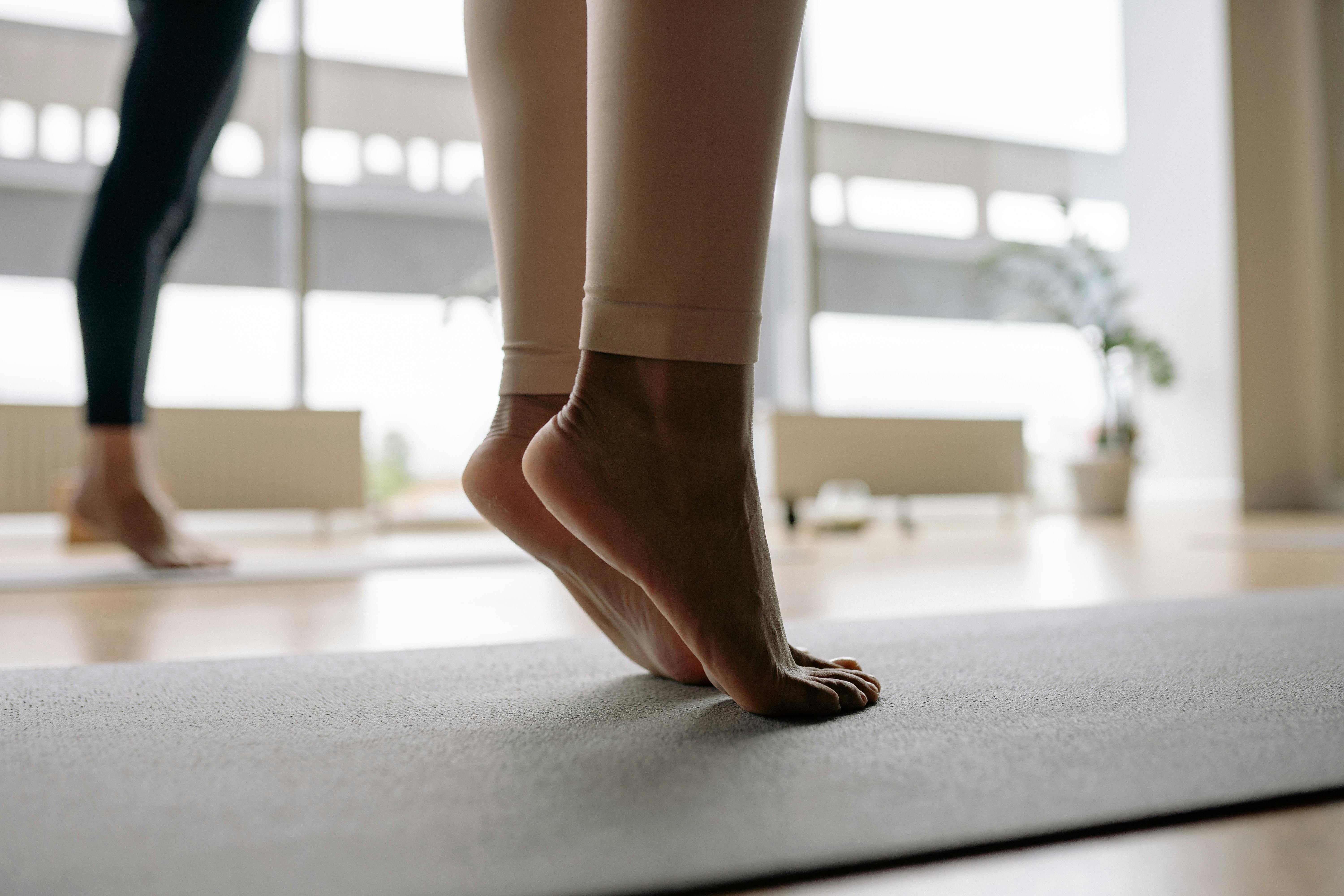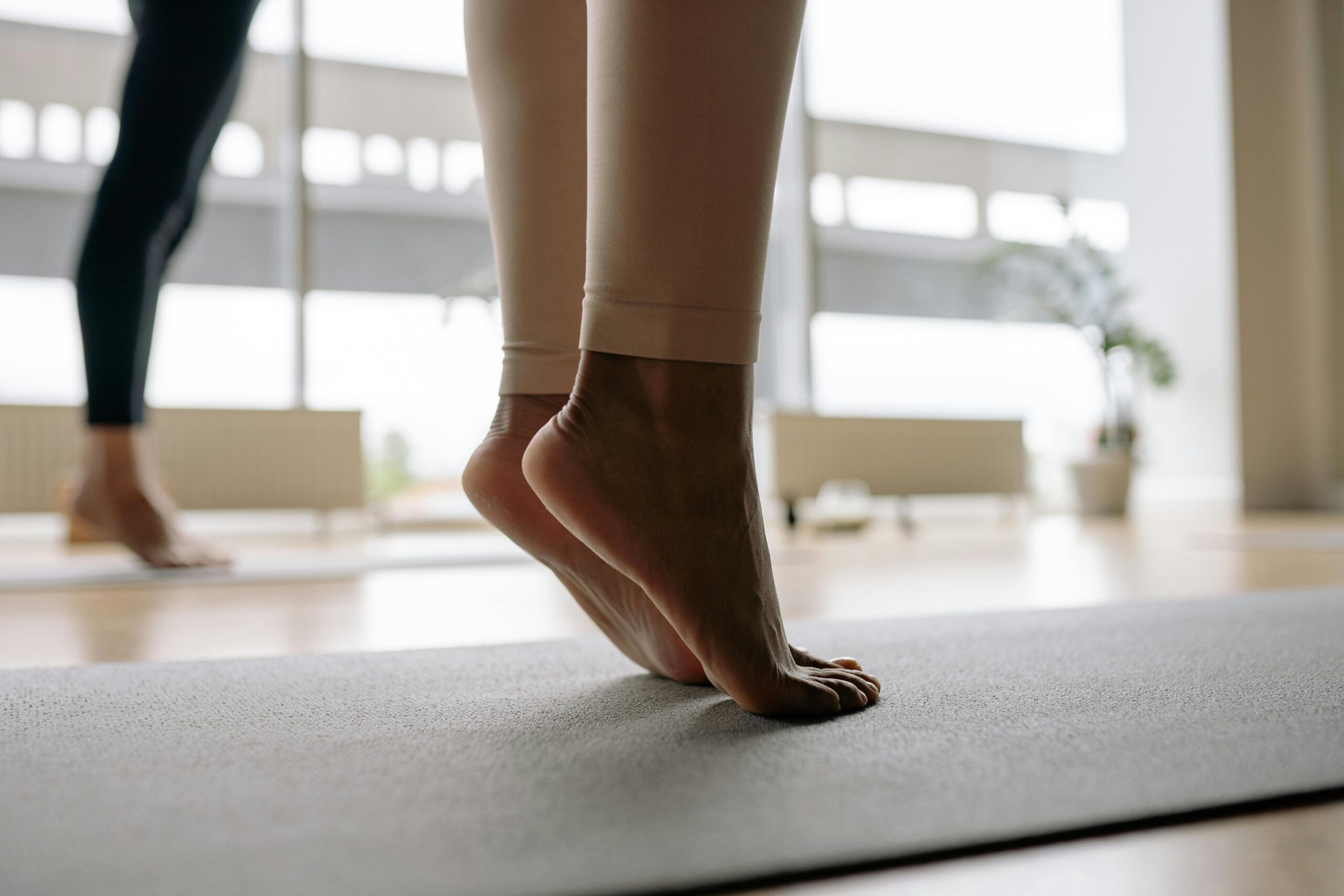8 Expert Tips to Practice Mindfulness Daily
In today’s fast-paced digital world, staying present can feel nearly impossible. That’s where mindfulness steps in as a powerful remedy to everyday stress and distractions. This article explores practical, science-backed tips to practice mindfulness that can transform your mental clarity, productivity, and emotional well-being.

Understanding the Fundamentals
Mindfulness is the art of paying focused, non-judgmental attention to the present moment. While rooted in ancient practices, mindfulness has evolved into a mainstream mental health strategy supported by modern research.
These fundamentals matter because they help us break free from autopilot living and reclaim control of our thoughts and actions. Think of it as mental strength training—small, consistent efforts yield lasting results.
1.1 Present-Moment Awareness
Present-moment awareness means anchoring yourself in the here and now, fully engaged with your current experience. A study from Harvard found that people spend 47% of their time thinking about something other than what they’re doing, which impacts happiness and performance.
This awareness can be cultivated through simple exercises like focusing on your breath or savoring a meal without distractions. Many believe mindfulness is about clearing the mind—but it’s more about observing thoughts without reacting.
1.2 Non-Judgmental Observation
Unlike analytical thinking, non-judgmental observation allows you to acknowledge emotions and thoughts without labeling them as good or bad. This is what differentiates mindfulness from rumination or overthinking.
By learning to witness rather than react, you gain emotional resilience. For example, someone with social anxiety might notice the urge to escape a conversation but choose to stay grounded and breathe through it.
Practical Implementation Guide
Now that you understand the foundational elements, it’s time to learn how to apply these tips to practice mindfulness in your daily routine. Results won’t be immediate, but with consistency, transformation is inevitable.

2.1 Actionable Steps
- Start with Breathing Exercises: Take five minutes each morning to do deep breathing. Inhale for four seconds, hold, and exhale slowly.
- Use Mindfulness Apps: Tools like Headspace or Calm offer guided meditations that ease beginners into the habit.
- Set a Routine: Schedule mindfulness sessions like you would any important meeting—this creates consistency and accountability.
2.2 Overcoming Challenges
Some common hurdles include restlessness, doubt, lack of time, or falling asleep during practice. Here’s how to tackle them:
- Restlessness: Begin with walking meditations or stretch-based mindfulness to engage the body.
- Doubt: Remind yourself that mindfulness is a skill—it strengthens over time.
- Lack of Time: Start with 2-minute practices before meals or during short breaks.
- Falling Asleep: Sit upright in a chair instead of lying down when meditating.
Experts recommend journaling about your experience to track patterns and breakthroughs. This practice also reinforces intention and consistency.
Advanced Applications
Once you’re confident with basic mindfulness tips, you may consider exploring more advanced methods. These allow you to deepen your connection with yourself and your surroundings, offering elevated benefits.

3.1 Body Scan Meditation
This technique involves mentally scanning your body from head to toe and observing sensations without trying to change them. Used by therapists in Mindfulness-Based Stress Reduction (MBSR), body scans help identify tension and release physical stress.
In a 2022 clinical trial, body scans were shown to reduce chronic pain in over 60% of participants. This method is excellent for enhancing mind-body awareness and fostering relaxation.
3.2 Mindful Communication
Mindful communication involves listening deeply, pausing before responding, and speaking with intention. This can transform personal and professional relationships.
It’s especially useful in conflict resolution scenarios, where emotional triggers often derail productive conversations. Integrating this with emotional intelligence training amplifies results across teams and partnerships.
Future Outlook
Mindfulness is being integrated into healthcare, education, and corporate training. Wearable devices that monitor stress and suggest mindfulness breaks are on the rise.
Over the next 3–5 years, expect AI-powered mindfulness assistants and virtual reality-based meditation platforms. Readers can prepare by mastering core principles now to adapt smoothly as these innovations become mainstream.
Conclusion
To recap, the three most vital takeaways are: start small and be consistent, adopt a non-judgmental attitude, and tailor your practice to your lifestyle. These are your foundational tips to practice mindfulness effectively.
Start implementing these techniques today to reclaim mental clarity and inner peace. Download a free mindfulness tracker or subscribe for weekly tips to stay on course.
Frequently Asked Questions
- Q: What is mindfulness in simple terms? Mindfulness is paying attention to the present moment intentionally and without judgment—like noticing your breath or surroundings fully.
- Q: How can I get started with mindfulness? Begin with just two minutes of deep breathing daily, and gradually explore guided meditations and mindful journaling.
- Q: How long does it take to see results? You may notice subtle changes in as little as a week, but most benefits become clear after 4–8 weeks of consistent practice.
- Q: Does practicing mindfulness cost money? Many tools are free, like YouTube meditations or simple breathing techniques. Paid apps and courses are available for deeper training.
- Q: How is mindfulness different from meditation? Meditation is a formal practice often used to build mindfulness, while mindfulness can be practiced at any moment of the day.
- Q: Is mindfulness hard to learn? It requires patience and practice, but it’s accessible to anyone—no special background or gear is needed.
- Q: Can mindfulness help in the workplace? Yes. Mindfulness boosts focus, reduces stress, and improves communication, making it ideal for professional environments.
